The Dream of Creating a Creator
We humans are unique among all living creatures on Earth, perhaps even in the entire universe, due to our intelligence and creative abilities that set us apart from other animals. At least, that’s how we’ve chosen to describe ourselves. However, our unique qualities have recently come under scrutiny due to new technological advancements. We are currently undergoing a technological revolution and facing an exciting yet daunting future in the realm of artificial and creative intelligences.
Creating and being creative are defining aspects of our humanity. Nearly all religions have creation stories. Perhaps the most famous is the one found in the first chapter of Genesis in the Bible. But whether we read Norse, Greek, or Babylonian creation myths, they all begin with emptiness, from which a divine being creates everything.
Even if one is not religious, the scientific narrative follows a similar pattern. Out of nothingness, the Big Bang occurs, giving birth to the entire universe. It’s akin to an artist facing a blank canvas and suddenly sketching an entirely new imaginative world. The creative act of bringing something into existence seems fundamental to our human understanding of reality.
Yet, we don’t stop at merely creating things. Since ancient times, we’ve harbored a dream of crafting an image of ourselves—one that is equally creative and capable of creating. Consider the story of Pygmalion from Ovid’s Metamorphoses: the Cypriot king and sculptor who crafted an exquisitely beautiful statue of a woman, falling in love with it, and having the goddess Aphrodite bring it to life. Or the Jewish folklore of the Golem, where Rabbi Judah Loew ben Bezalel in late 16th-century Prague created a clay figure brought to life by placing a magical formula inside its mouth. And who can forget Mary Shelley’s well-known novel “Frankenstein,” where Dr. Frankenstein assembles body parts, sewing them together to create a new being brought to life through electricity?
In the realm of mechanics, watchmaker Pierre Jaquet-Droz, living in the 18th century, fascinated people with automatons—the drawer a mechanical dolls capable of drawing various motifs on paper. He also created an automaton of a woman sitting at a piano, playing music, and a boy who could write. These automatons were programmable to draw, write, or play different things—a primitive mechanical imitation of a creative human capable of bringing forth art.
At the end of World War II, the first computer was developed at the top-secret Bletchley Park near London, with the purpose of deciphering encrypted German messages. Alan Turing played a central role in creating this early computer, and he is also a key figure in the field of artificial intelligence. He wrote articles discussing how such intelligence could be created and coined the famous Turing test to determine whether a machine had achieved artificial intelligence. In the late 1940s, the idea of creating a digital brain that could function like a human’s began to take shape.
It was a rather long and convoluted path with many setbacks before we could truly start talking about AI. In February 1996, IBM’s chess computer, Deep Blue, managed to defeat the reigning world chess champion, Garry Kasparov. Unlike the Asian game of Go, chess is relatively straightforward, so it wasn’t until 2016 that Google’s AI system, AlphaGo, succeeded in defeating the world Go champion. Since then, advancements in AI have progressed rapidly, and we are approaching the dream of creating an artificial intelligence that resembles humans.
Back in the early 1950s, when AI research began, it’s unlikely that anyone envisioned AI replacing human creativity. However, the number of creative applications has proven to be vast. For an AI to excel at something, it must be trained on quality data. Fortunately, as humans, we have generated an abundance of texts, images, music, and films online—materials that can be used to train AI for creative tasks. Our inherent creativity drives us to explore and utilize these new tools, leading to a proliferation of AI services online.
But if a machine can mimic the creative process, does that mean what we’ve considered unique—setting us apart from other animals—isn’t truly exceptional? Creating artificial creativity doesn’t seem as elusive as time travel. Could it be that creativity and the act of creation are inherent in the laws of nature, more rule than exception? And might our pursuit of creating a creator result in us being outcompeted by a new artificial creative race that excels at invention?
Some argue that AI merely builds upon what humans have already created—it doesn’t truly innovate. However, consider a child’s learning process or an artist’s years of studying art history and gathering experiences from others. Unlike creation myths where artworks emerge from nothingness, real-world creativity arises within a complex context of history, accumulated knowledge, and experiences. Our creative process isn’t so different from AI; we, too, learn, find patterns, and build upon what came before.
Moreover, much of human-created content bears resemblance to existing works, albeit with subtle variations. True uniqueness is rare. Take a hundred landscape paintings—they share similarities but exhibit slight differences. Rarely do we encounter a landscape painting that makes us think, “Wow, I’ve never considered depicting a landscape that way.” Yet, we’d still classify all landscape paintings as expressions of creativity.
Today’s AI serves as a tool to enhance human creativity. It’s trained on human-generated images, follows rules set by humans, and requires human guidance to unleash its creative potential. Nevertheless, the dream of creating an independent, creatively gifted artificial artist—a true creator—remains a goal we strive toward.
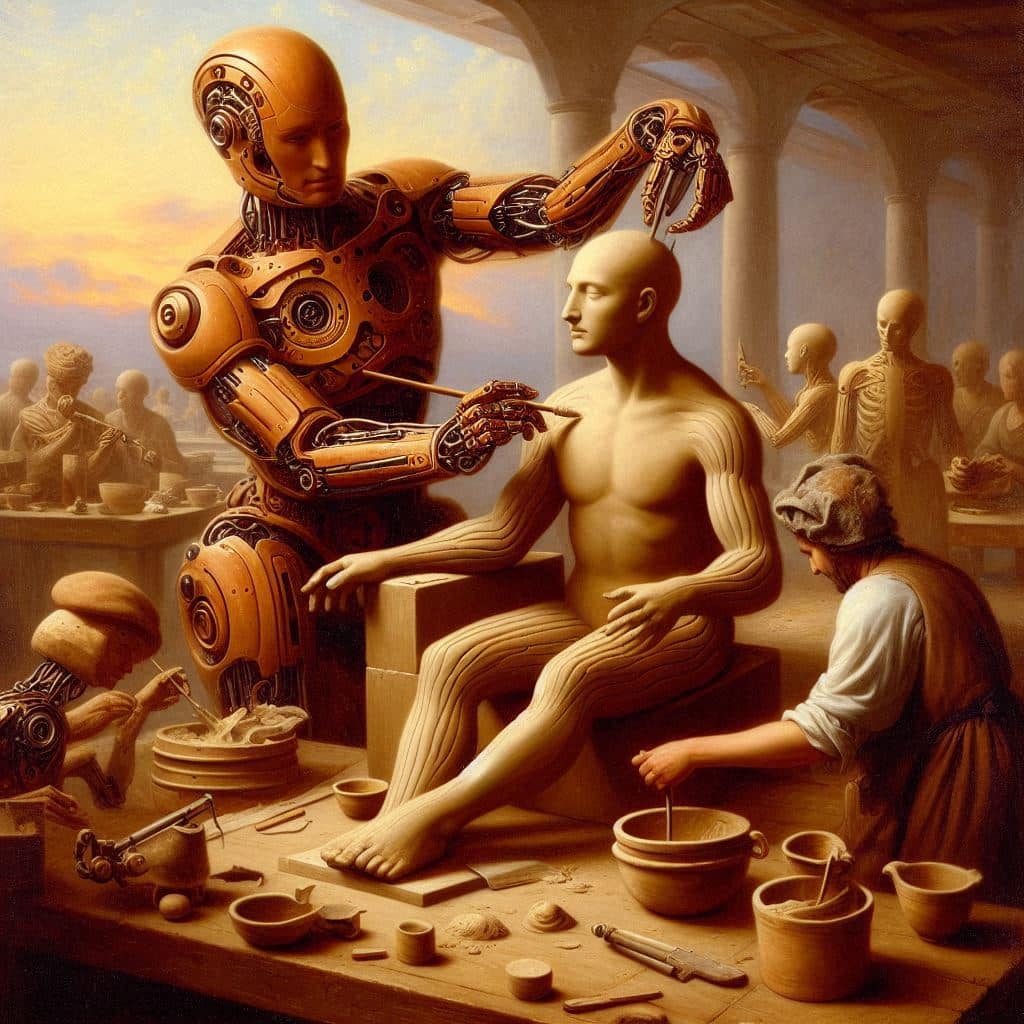



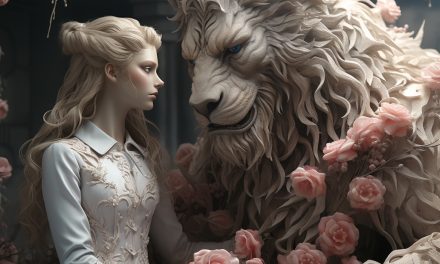
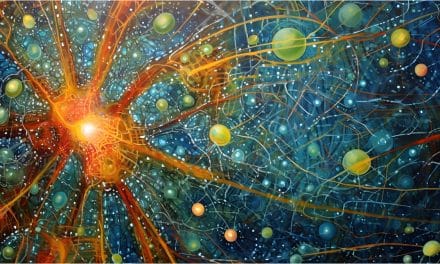

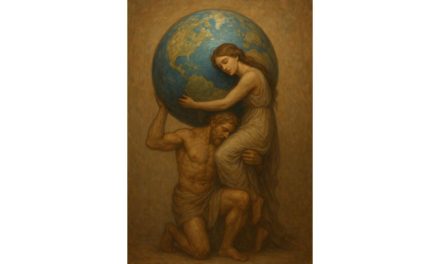


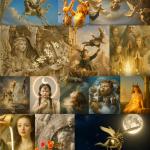

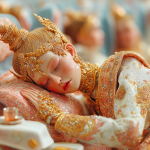
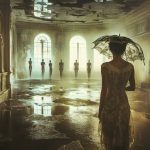
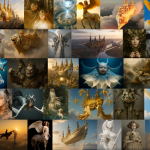
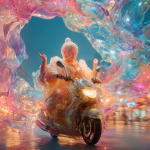






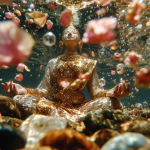
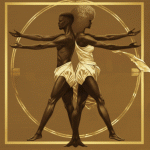

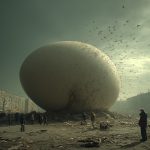

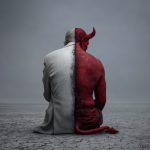



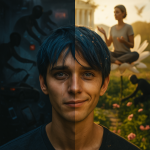
Comments